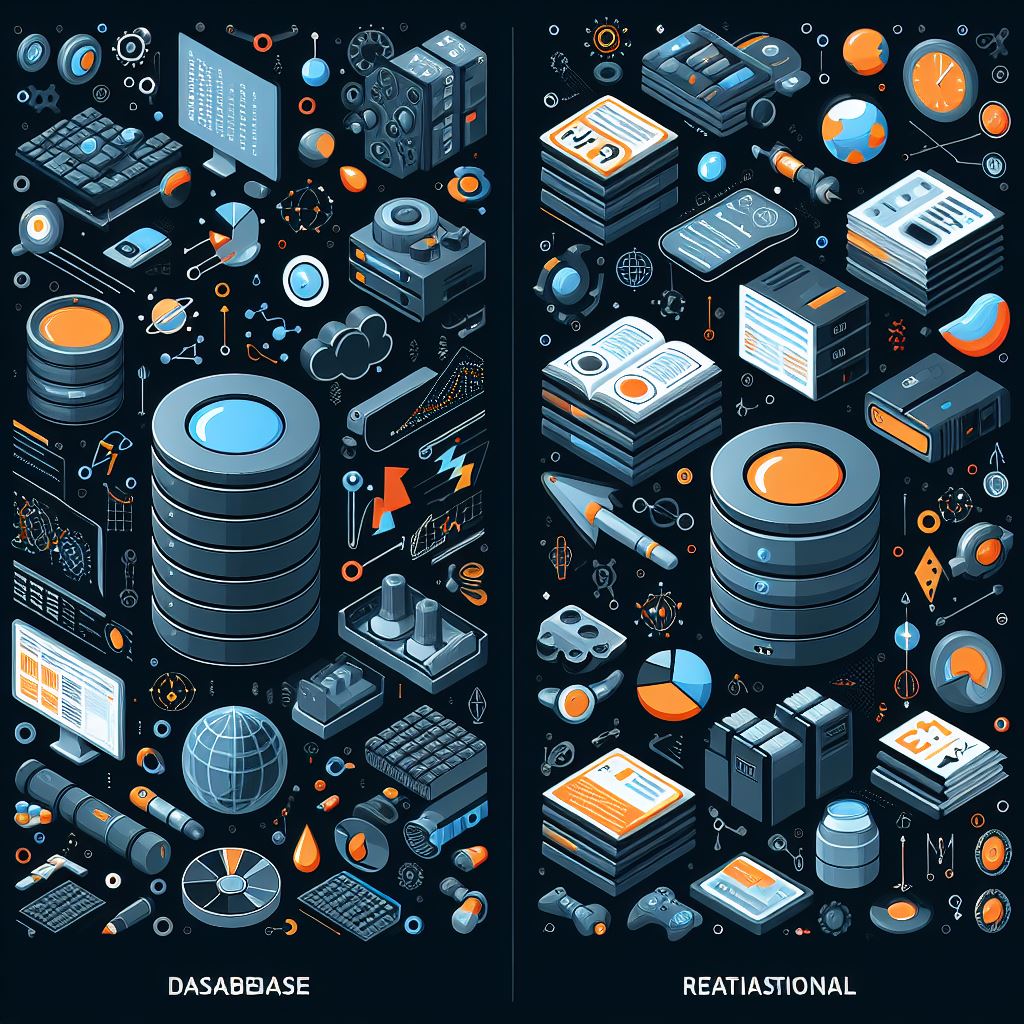Vector databases and relational databases are different types of databases designed to handle data in distinct ways. Here’s a comparison of their key characteristics:
- Data Structure:
- Vector Database:
- Organizes and stores data as vectors or arrays.
- Well-suited for handling multidimensional and complex data types, such as embeddings or feature vectors used in machine learning.
- Relational Database:
- Organizes and stores data in tables with rows and columns.
- Best for structured data with predefined schemas, where relationships between tables can be established.
- Vector Database:
- Schema:
- Vector Database:
- Flexible schema or schema-less structure, allowing for easy adaptation to changing data formats.
- Well-suited for scenarios where data dimensions may evolve dynamically.
- Relational Database:
- Requires a predefined and fixed schema.
- Changes to the schema may be challenging and may involve modifying existing data.
- Vector Database:
- Query Language:
- Vector Database:
- Often uses specialized query languages or APIs optimized for vector operations.
- Queries involve similarity searches, pattern matching, and other operations specific to vector data.
- Relational Database:
- Typically uses SQL (Structured Query Language) for querying.
- Optimized for relational algebra operations, including joins, filtering, and aggregation.
- Vector Database:
- Use Cases:
- Vector Database:
- Well-suited for applications involving machine learning, recommendation systems, similarity searches, and handling high-dimensional data.
- Commonly used in scenarios where the focus is on the content and relationships within the data vectors.
- Relational Database:
- Ideal for traditional business applications, transactional systems, and scenarios with well-defined and structured data.
- Commonly used when data relationships are essential and can be represented in a tabular form.
- Vector Database:
- Performance:
- Vector Database:
- Optimized for vector operations, providing efficient handling of similarity searches and other vector-based computations.
- May outperform relational databases in scenarios where vector operations are central.
- Relational Database:
- Provides strong performance for traditional relational queries.
- May not be as efficient for tasks that involve complex vector operations.
- Vector Database:
- Scalability:
- Vector Database:
- Scalability may vary based on the specific implementation.
- Some vector databases are designed to scale horizontally, allowing them to handle large amounts of vector data efficiently.
- Relational Database:
- Scalability is often achieved through vertical scaling (adding more resources to a single server) or through sharding.
- May face challenges when dealing with extremely large datasets.
- Vector Database:
In summary, the choice between a vector database and a relational database depends on the nature of the data, the specific requirements of the application, and the types of operations that need to be performed on the data. Vector databases are optimized for handling vector-based data, while relational databases excel in managing structured data with well-defined relationships.


